Note: This website was automatically translated, so some terms or nuances may not be completely accurate.
The Future of Video Streaming Services Seen in "Paravi"

Takatsuna Yasuhiro
Premium Platform Japan Co., Ltd.

Ishiwata, Y
Dentsu Inc.
In today's streaming industry, where global giants fiercely compete, Premium Platform Japan (PPJ), the operator of the streaming service "Paravi"—launched through an innovative collaboration between four media companies and two advertising agencies—and Dentsu Inc.'s Yasushi Ishiwata, who participated in Paravi's launch, discuss the new possibilities for the streaming industry. *This article is a partially re-edited version of a dialogue originally published in Video Research Ltd.'s quarterly magazine 'Synapse' Vol.17.
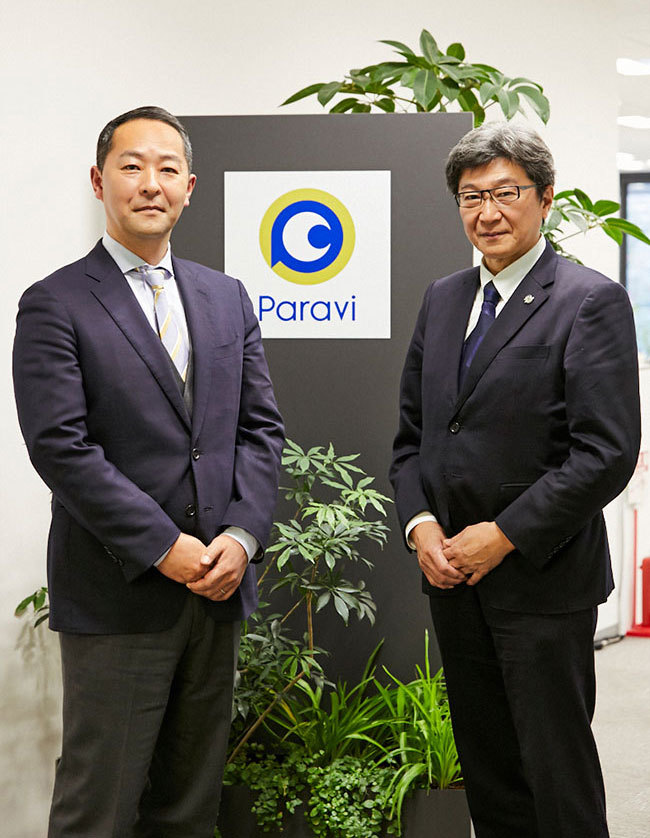
Paravi | Subscription Video-on-Demand Service
https://www.paravi.jp/
A new subscription-based video streaming service launched this April, centered around unlimited viewing.
Operated by Premium Platform Japan (PPJ), a joint venture of six media groups (TBS Holdings, Nikkei Inc., TV Tokyo Holdings, WOWOW, Dentsu Inc., Hakuhodo DY Media Partners).
The Paravi Basic Plan offers unlimited viewing of popular dramas, variety shows, and original content for a monthly fee of ¥999 (tax included).
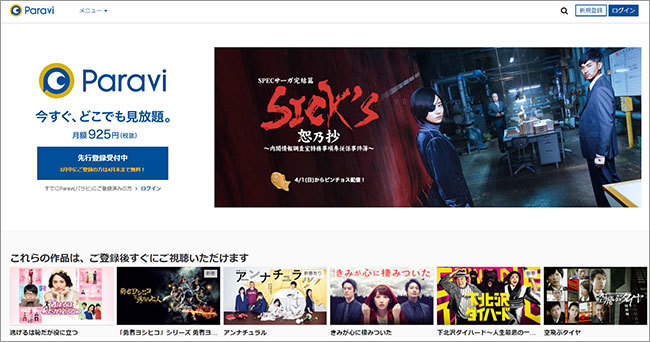
Ishiwata: What was the purpose behind establishing PPJ?
Takatsuna: Traditional ratings measure real-time viewing, but time-shifted ratings show dramas achieving incredible numbers. As someone working in the TV industry, I still believe TV content maintains a quality that stands up anywhere. To maximize the value of that content, we need device-free, time-free, and place-free video distribution. However, with global powerhouses continuously entering the distribution industry, focusing solely on video is weak. Therefore, the purpose of establishing PPJ was to create a video distribution platform distinct from existing ones by combining the content ecosystems of TBS, TV Tokyo, and WOWOW, further integrating the print content of the Nikkei newspaper and the radio content of TBS and Nikkei.
As we explore how to expand this, the involvement of advertising agencies Dentsu Inc. and Hakuhodo DYMP, both strong in marketing, is incredibly significant and reassuring.
Ishiwata: Historically, advertising agencies rarely entered B2C business frameworks. But entering SVOD (Subscription Video on Demand) sparked internal enthusiasm as a "chance to expand knowledge in new territory." We see vast potential in how we can execute promotions and marketing.
Takatsuna: TV stations have traditionally provided content to various video streaming platforms as providers, but that alone doesn't allow us to accumulate our own data. The idea behind establishing our company was to create our own platform. We reasoned that by directly engaging with customers (users) through our platform, accumulating and analyzing data, we could understand how this content is consumed and what kind of people prefer it.
We want Dentsu Inc. and Hakuhodo DYMP to handle the data analysis for enhancing customer engagement. Today, advertising agencies have evolved beyond just advertising; they've become comprehensive planners involved in various areas. From a TV industry perspective, they used to be the bridge between media and advertisers, but now we collaborate in different ways. I'm impressed by the breadth of their scope and the depth of their support areas.
Ishiwata: Regarding how to utilize accumulated data, I believe advertising agencies can offer significant support. Previously, our role began after new services or products were completed, supporting promotional campaigns. Being able to support from the business design stage is a truly valuable experience. At Dentsu Inc., around 20 enthusiastic staff members from fields like business production (sales), creative, digital, and data are actively participating.
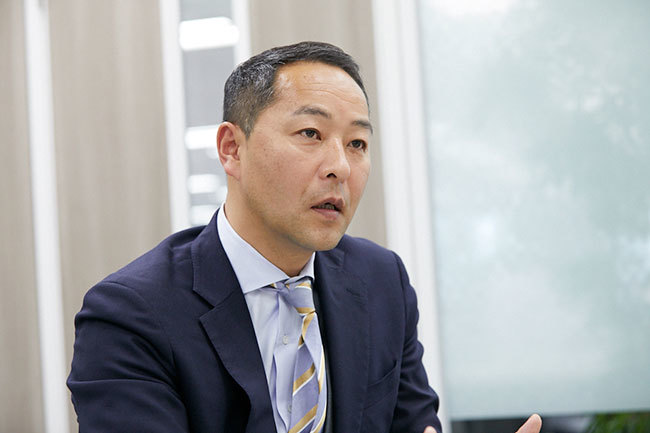
Paravi: Creating the "Next" of TV with SVOD
Ishiwata: We developed the service name "Paravi" through discussions with many different people.
Takatsuna: Some suggested we should completely distance ourselves from the TV station image since it's video streaming. But what we ultimately settled on was "Paravision" as a counterpart to "Television." The "tele" in television comes from the Greek prefix meaning "far," signifying "seeing things far away." "Para" expresses proximity in distance and sensory closeness. It also conveys our vision of realizing a medium that becomes television's "next step," accessible anywhere, anytime.
When considering the full potential of services as a medium worthy of being "the next step," a single TV station has limitations. However, with a structure of four media companies plus two advertising agencies, we are confident we can respond to whatever comes next. The future trajectory of SVOD video streaming remains unknown, and this lineup is designed to address that uncertainty.
Ishiwata: As time-shifted viewing by consumers advances, metrics now show combined real-time and time-shifted ratings. Additionally, catch-up viewing, including services like "TVer," has matured as a business, expanding beyond real-time viewing. While Dentsu Inc.'s involvement has primarily been in B2B businesses until now, acquiring customers through B2C SVOD represents a new challenge. President Takatsuna, do you have any experience with paid subscription services?
Takatsuna: I have none whatsoever (laughs). While creating programs for viewers and dealing with ratings might be somewhat similar, having viewers pay a subscription fee like Paravi is uncharted territory. Honestly, I feel some anxiety, but the excitement of tackling something new is stronger.
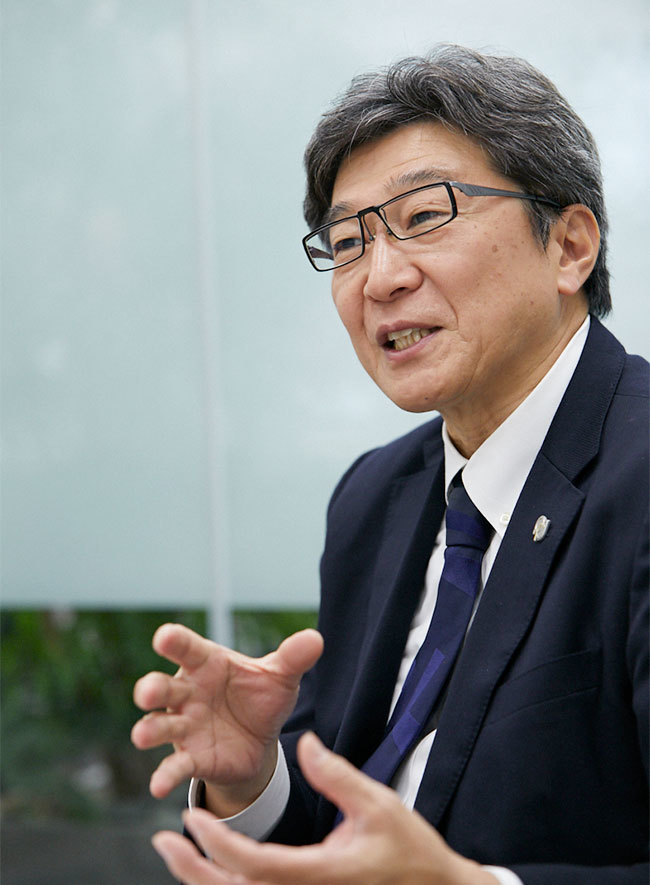
Original content created through media collaboration + leveraging Japan's largest archive
Ishiwata: You're also strategizing to acquire members, right?
Takatsuna: Our three pillars are: "freshness with new content arriving daily," "collaborative production by four media companies," and "high-quality content as Paravi originals."
We'll highlight new aspects not found on other streaming services, including the appeal of our four-company collaborations—like Nikkei × WOWOW and Nikkei BP × TBS Radio—and the breadth of content they enable. Radio is one such area, and having both TBS Radio and Radio NIKKEI on board is a strong asset.
Ishiwata: The first original content release is the SPEC saga finale, "SICK'S: The Tale of Jūno."
Takatsuna: Building on the legacy of "Keizoku," we're unleashing the "Yukihiko Tsutsumi World" of "SPEC"—which evolved from a TV series into special dramas and films—free from broadcast constraints and time slots. With streaming video, episode lengths can vary freely—be it 30 minutes or 65 minutes. Doing this exclusively on Paravi is a fascinating endeavor.
We're not just targeting original content; we're also aiming to capture catch-up viewing for TV broadcasts. Take the hugely popular drama "We Married as a Job" from two years ago – it really started breaking through around episodes 4 and 5. People wanting to watch past episodes after their TVer streaming window closed started tuning in mid-season, often having watched the earlier episodes via illegal streams. If we truly aim to maximize content value, it's essential to spread the awareness that these episodes are also available on Paravi. We want viewers coming for past episodes to explore our extensive archives. With content from TBS, TV Tokyo, and WOWOW's "Drama W," Paravi boasts one of the largest domestic drama archives in Japan.
Ishiwata: Working alongside President Takatsuna, he repeatedly emphasized his commitment to Japanese content.
Takatsuna: Our domestic drama archive is one of our strengths; it has originality. We believe that by featuring various past dramas when a particular drama becomes a hot topic, we can also achieve regeneration. Highlighting this strength of Japanese content is part of our strategy.
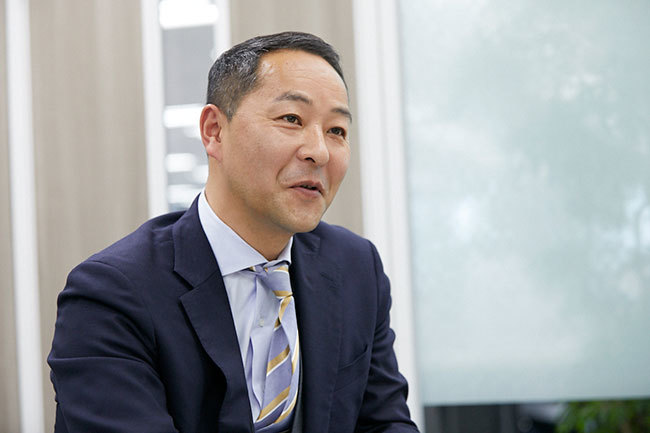
Paravi's future vision is to be the place where everything you want to watch during your commute is available.
Ishiwata: You also often mention wanting to build a community.
Takatsuna: We want to go beyond just being a service you visit "when you want to watch something," like traditional video streaming platforms. We aim to provide a comfortable "place" you'll want to visit daily, boosting engagement. We call this a "community." We plan to discuss and define what this community should look like before actually rolling it out.
We want to win the battle for people's free time by creating a community-like space where: - Content matching your preferences is always available - Talents you follow act as curators - You find peers interested in the same content Our future vision is for Paravi to contain everything you want to watch or read during your commute—not just video content, but also text media like the Nikkei newspaper and hobby communities.
Ishiwata: This strategy targets the weakness of other streaming services—users only engage when they want something specific and then stop watching afterward. While refining this business design together, I was struck by how much President Takatsuna values shared vision within the Paravi team.
Takatsuna: When we officially launched in July 2017, about 20 employees seconded from six companies brought diverse experiences and perspectives, and their visions for a video streaming service varied widely. Recognizing this, I strongly emphasized the importance of everyone looking in the same direction during the business design phase. So, we all studied existing video streaming services together. We researched their business strategies, what succeeded or failed, and what elements led to success. Ultimately, we realized what was missing in current video streaming was a comfortable space for users—essentially, a community. We concluded that what we should provide was precisely that.
Ishiwata: Bringing together professionals from diverse fields, each with their own aspirations, and unifying them is no easy task. However, I strongly sensed President Takatsuna's commitment to "making decisions together," which made me feel this was a worthwhile endeavor to support. Our company also actively proposed various ideas and continuously connected the right people for each project. The more diverse the backgrounds, the more crucial it is to share and unify the vision.
Takatsuna: Currently, we have about 40 full-time members, and including part-time staff, our team peaks at around 50 people. The ratio of seconded employees to in-house staff is roughly 1:2. Including contractors, the number of people involved will likely grow further.
The "timeline self-introductions" that Dentsu Inc. proposed early on were incredibly helpful for mutual understanding. Twenty diverse individuals each gave a self-introduction within a 10-minute slot. Some went well over 10 minutes—15 or even 20 minutes (laughs). This allowed us to quickly grasp each other's perspectives and engage in deep discussions from the outset. It should have been a period of creative struggle, but it was actually enjoyable.
We're definitely latecomers, but the upside is that we have existing examples of both successes and failures to learn from. At the same time, there's pressure knowing we can't just do what everyone else is doing (wry smile).
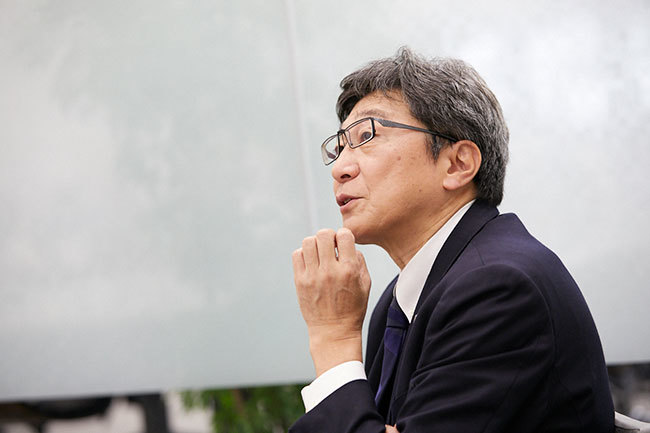
New Possibilities for Television Revealed by Streaming Services
Ishiwata: I think the concept of "community" within streaming services will be the starting point for this new venture. The prospect of reaching audiences we couldn't previously connect with is really exciting. President Takatsuna, what are you looking forward to and expecting for the future?
Takatsuna: While there's anxiety about being a latecomer, the excitement about how the world will react is stronger. It's like after studying long for an exam, you just want to take it and see the results.
When we announced the service launch late last year, we got various reactions. Just the fact that we got any reaction at all was a little moving. It made me realize, "Oh, this is the kind of response we get from society," including the negative aspects. Within 10 days of starting the announcement, the Twitter followers for "SICK'S: Juno-sho" exceeded 20,000. For the previous six months, we were working behind the scenes, but now that we've announced it to society, it's fun to move forward while watching the reactions on Twitter and other platforms. While building owned media to support the main service, we're also considering ways for people to experience the essence of Paravi through free trial services and similar approaches.
Ishiwata: Once the service launches, we'll enter a PDCA cycle of improvement based on various feedback, so it's all about relentless refinement. Right now, I find it exciting that we can rapidly turn our collective ideas into reality, and I'm supporting that process.
Considering Paravi's initiatives and television as a whole, how do you think the industry can improve going forward?
Takatsuna: Being within the TV industry, it's easy to fall into the mindset of broadcast television—aiming for the center of the mass audience. But streaming fundamentally has no "center." Each piece of content has a different target, requiring a multi-directional approach. I believe we'll be able to consider what kind of content we should create from this new perspective, taking these characteristics into account.
Furthermore, I believe streaming content has the potential to bring viewers back to real-time terrestrial broadcasts. While 4K broadcasting on BS starts this December, we plan to release 4K streaming content on Paravi beforehand. The aim is to guide viewers—who might find watching 4K on a smartphone lacking—back to the living room TV. It's about cultivating the habit of watching content on a large screen. If we position streaming not only as a step ahead of broadcasting but also as a partner that expands broadcasting's possibilities, I believe we can further invigorate this industry.
Ishiwata: Finally, could you share what you expect from Dentsu Inc.?
Takatsuna: Since this is a project as significant as creating a new medium, I'd like Dentsu Inc. to fully leverage its knowledge, experience, and assets. I'd also like to request broad support in analyzing how to enhance user preferences and engagement, and in formulating action plans based on the insights gained from that analysis.
Ishiwata: Recently, advertising agencies are utilizing DMPs not only for ad delivery but also for customer analysis. At Paravi, we've also begun designing a platform enabling integrated business utilization through the construction of our own DMP.
We've seen a lot of digital staff members express strong interest in this project and want to be involved! We're eager to provide thorough support, from deep analysis all the way through to executing subsequent measures. Thank you for your time today.

Was this article helpful?
Newsletter registration is here
We select and publish important news every day
For inquiries about this article
Author

Takatsuna Yasuhiro
Premium Platform Japan Co., Ltd.
President and CEO
Joined Tokyo Broadcasting System in 1983. After producing numerous hit programs at the radio station, he was involved in launching "Hanamaru Market," a pioneering lifestyle information program, at the television production division. Subsequently, he served as Manager of the Personnel Department, Director of Programming and Promotion for Television, Head of the PR Center, and Director of the Information Systems Bureau before assuming his current position.

Ishiwata, Y
Dentsu Inc.
Radio,TV Business Produce Division
Joined the company in 1998. After being assigned to the television division, spent 10 years handling TV commercials and 4 years managing TV time slots before transferring to the sales division, where I handled cosmetics companies for 5 years. Currently responsible for video business initiatives originating from broadcasters, including "TVer," at Media Services / Radio,TV Division. In my current position since 2016.
